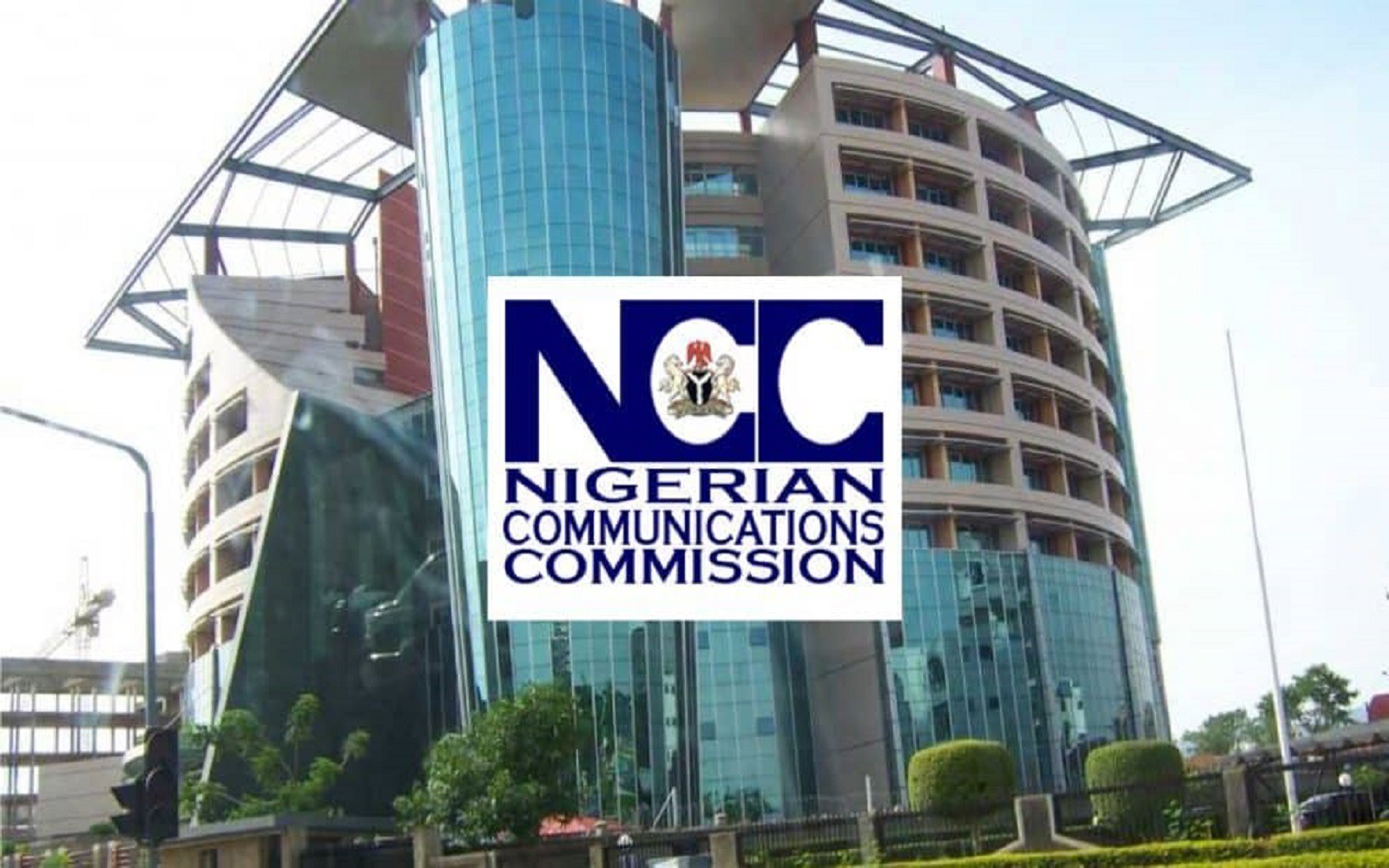Nigerian Communications Commission (NCC) said that Nigeria has attained 31 percent broadband penetration.
This, it said was based on empirical indices, and that it is contrary to insinuations in some quarters that the country was far away from that as claimed by some.
By the five year National Broadband Plan (NBP), (2013-2018), it was targeted that the country should be able to attain a minimum of 30% from the 5% it had in 2013 in five years.
Expectedly based on the population of Nigeria estimated of 190m, and connected lines of 169m, those who have access to broadband at a speed of 1.5 megabytes per second cover over 30% of this population.
Despite perceived drawbacks in the sector, the telecommunications remains one of the most consistent enablers of the economy and the economic wellbeing of the citizenry with over 10.43% contribution to the Gross Domestic Product (GDP) in the second quarter of 2018, boosting employment both directly and indirectly and providing a robust infrastructure backbone to facilitate high level efficiency in all areas of the economy.
Based on World Bank index, increasing broadband by just 10% in developing countries would deliver at least 1.38% GDP increase per capita while a 10% increase in internet penetration would lead to about 1.12% increase in GDP per capita
To realise that the Federal Government set up the NBP (2013-2018) with a target of 30% by 2018. The figures doubled between 21 and 22% in the months before November 2018.
According to NCC data, there were a total of 168,729,005 mobile “GSM” mobile subscribers in Nigeria as at November 2018. Of these, 108,457,051 were subscribed to internet access services provided by the major operators.
In terms of Broadband services, a total of 58,965,478 connected to the internet through 3G and 4G networks (including those provided by the Long Term Evolution (LTE)-only service providers such as Smile and nTel).
This distinction is critical because Nigerians predominantly rely on mobile networks to access the internet, including Broadband networks since the fixed Broadband access which was to have been led by the erstwhile State incumbent – NITEL – is now literally non-existing.
Now, Broadband penetration is typically measured by the percentage of total population with access to Broadband networks out of each hundred. So, if we take the total active Broadband subscription figure of 58,965,478 and divide by the population figure of 190,886,311 (using the UN’s projection as at December 2017), we come to a penetration percentage of 30.9%.
Issues can of course be raised about using the UN figure as baseline – one supposes that the NCC used that figure for consistency since that appears to be the baseline used by the ITU in earlier studies. However, the reader is invited to use other population baselines and come with the above resolute. For instance, if we use the Nigerian Population Commission’s 2006 figure of 140million, we come to a Broadband penetration rate of 42.1%. Most would agree that this would be rather unrealistic, as is the population estimate of 140million.
Also, looking through the ITU Broadband Commission’s September 2018 Report, one would see that Nigeria’s Broadband penetration rate is set at an abysmal 19.9%. This cannot be the case, since that report is based on industry statistics of December 2017, which was clearly outdated as at September 2018 when the report was published.
Clearly therefore, the NCC’s assertion that Nigeria has attained 30.9% Broadband penetration is logical and supported by available data in the Commission’s custody.
There are lessons to be learnt from the needless controversy on this matter. To its credit, the NCC has been rather transparent with industry data. Its website is updated on a monthly basis with data with the subscription, tariff and other industry performance data which enable Stakeholders to see a fair picture of overall industry performance.
One would encourage serious industry players to regularly access the NCC website for available data and insights on industry performance, rather than take incorrect and pessimistic positions such as those ignorantly expressed by some stakeholders.
Secondly, the NCC itself would need to engage with the ITU to update its 2018 Broadband report. As noted above, the ITU report relied on data from December 2017 which, as we have seen, is now outdated. It is important that the NCC provides updated data to the Broadband Commission so that more accurate publication of Nigeria’s broadband status can be made on which stakeholders can rely on for investment and other decisions.
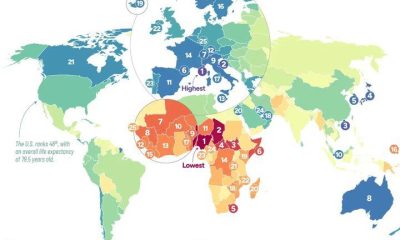
 Comments and Issues1 week ago
Comments and Issues1 week ago
 Latest1 week ago
Latest1 week ago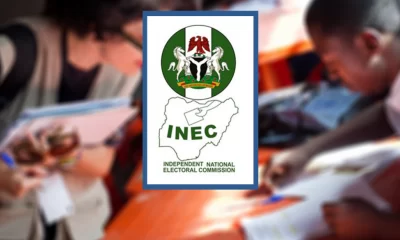
 Uncategorized6 days ago
Uncategorized6 days ago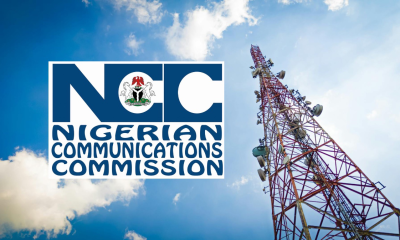
 Business6 days ago
Business6 days ago
 Business5 days ago
Business5 days ago
 News3 days ago
News3 days ago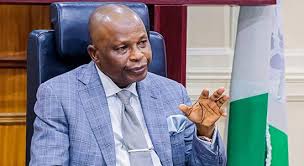
 Latest4 days ago
Latest4 days ago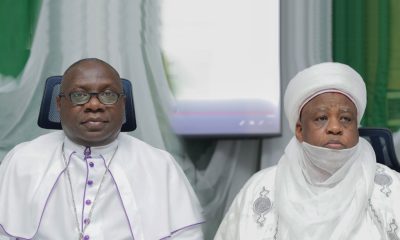
 Latest1 week ago
Latest1 week ago
